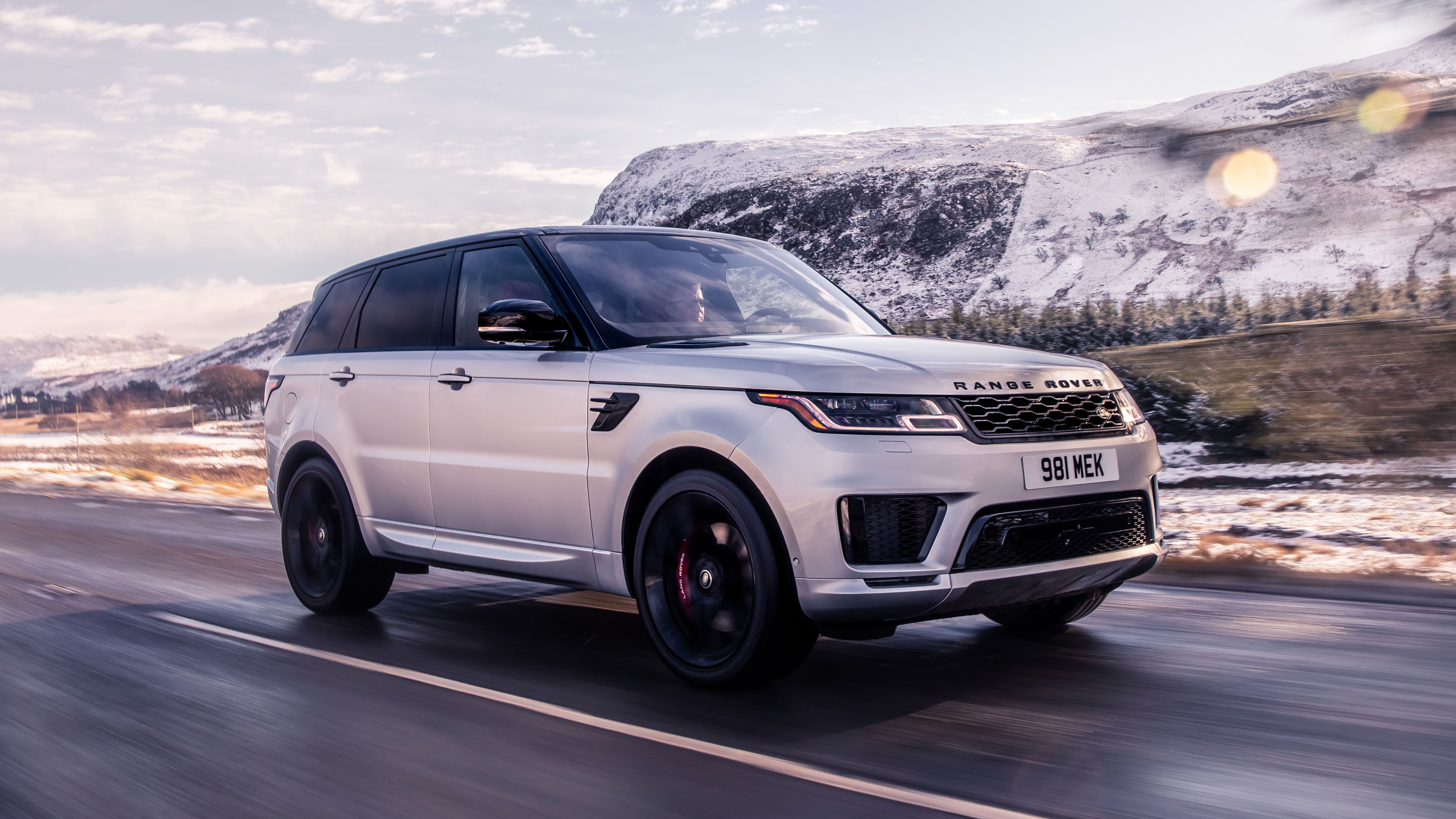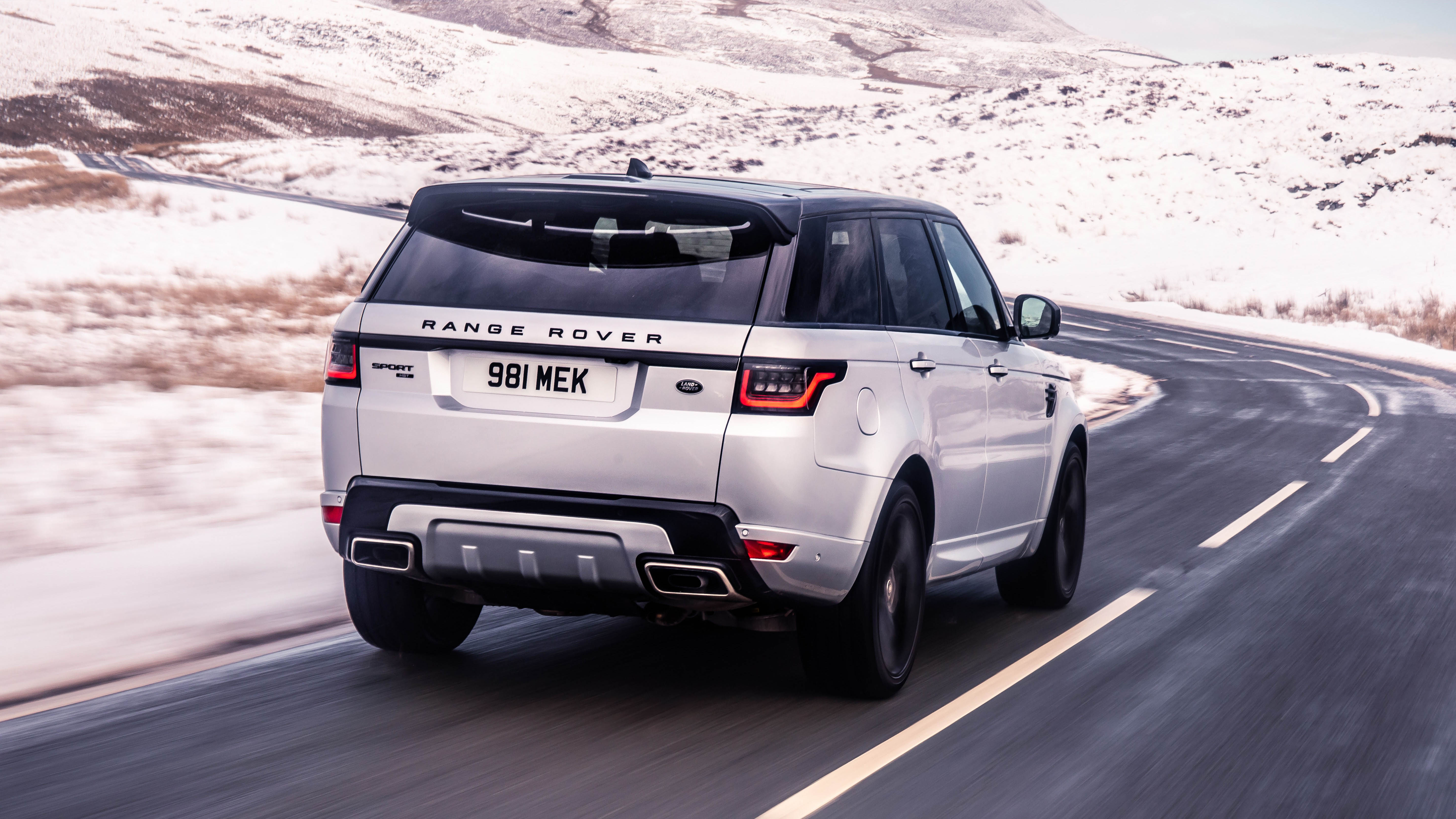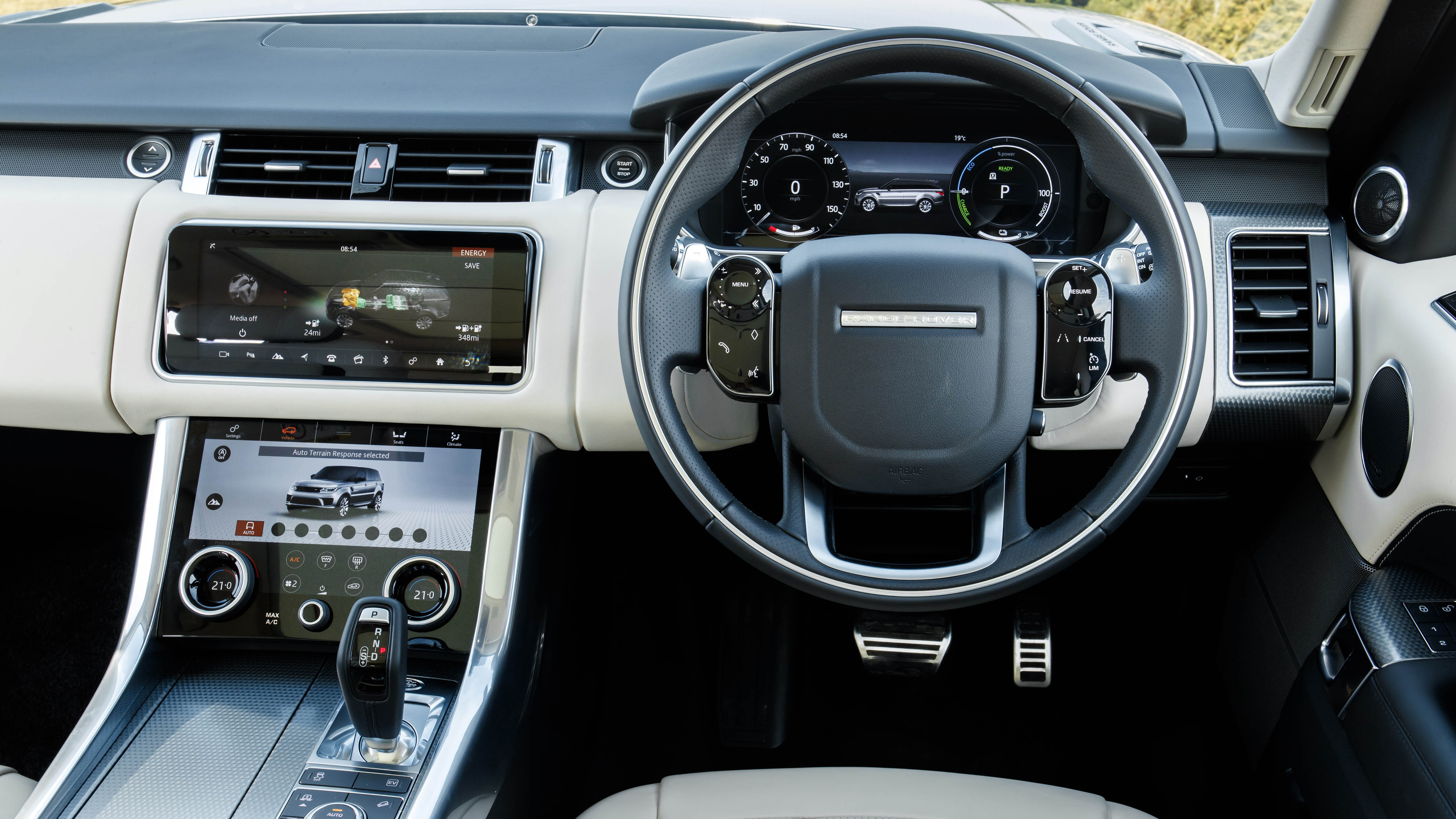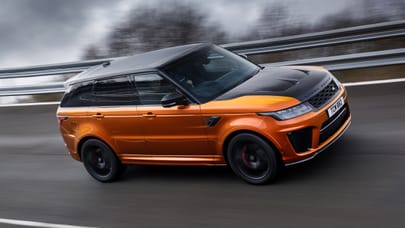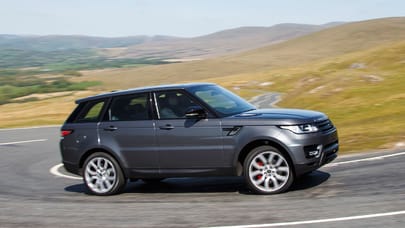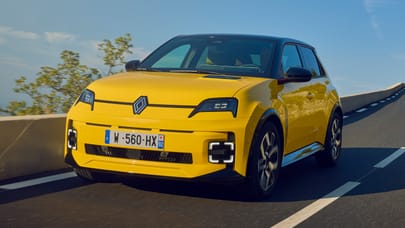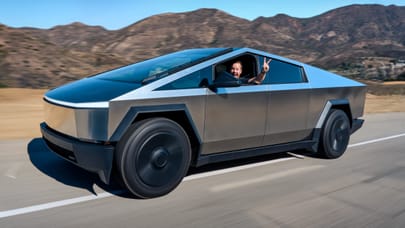
Driving
What is it like to drive?
Because the Range Rover Sport opts for a statesmanlike, tall and upright seating position instead of aping a sports saloon, clambering aboard and surveying the road from its supremely comfortable captain’s chair doesn’t really encourage a sporty driving style.
Lighter it may be than the old RRS, but the latest Sport is still a two-tonne car, fitted with all-terrain tyres and far more capable off road than a BMW X5 or Porsche Cayenne. As a result, it’s happiest sweeping along flowing A-road or bludgeoning a motorway than it is pretending to be a hot hatchback on a twisty road. It’s less unwieldy than a full-fat Range Rover, but the lower Velar is just as adept at covering ground as the loftier Sport – which may allow future versions to get bigger and more luxurious, as the Range Rover itself graduates to fight the Bentley Bentayga and Rolls-Royce Cullinan.
That doesn’t sound all that Sporty?
If you’re looking for proper sporting feel (and sound) from your RRS, you’ll need the fire-breathing SVR – and even then that’s a remarkably comfortable car. You can read our in-depth review on that by clicking these blue words.
In anything less than the SVR, the steering isn’t overly quick and Land Rover doesn’t mire it in weight like BMW and Porsche choose to, which suits the car’s luxury saloon-on-stilts feel and makes this big bus more relaxing at the helm than it might otherwise have been if Land Rover had overdone the sportiness. The eight-speed gearbox, as usual for Land Rover, isn’t the most quick-witted, but again, it’s happiest when being plied gently, cruising with aplomb and going about its business smoothly. You can take control with the paddles (which are cheap plastic as standard) and we much prefer the pistol-grip gear selector than the rising rotary gear selector as seen in many Jaguars.
How's the refinement?
Land Rover’s done a great job of making this flying brick cut a quiet hole in the air. The giant door mirrors don’t generate deafening wind noise, and the overall rolling refinement, despite being so upright in stature and wide of tyre, is impressive. And it can be comfortable too, but you’ve got to be clever with the spec. Standard wheels on HSE models used to be 19s, but now your starting point is giant 21-inch units.
Somehow though they still have plenty of sidewall. Even then, the wheel control of a Range Sport versus, say, a Porsche Cayenne simply isn’t as refined or subtly damped. You’re more aware there are very heavy lumps of metal and rubber thwacking into potholes and over drain covers. Given how many Range Sports you’ll spot in the wild wearing the largest, blingiest wheels possible, it’s likely buyers simply don’t care about the thunk-fest ride on dodgy roads.
And what about the engines?
You used to be able to have a 2.0-litre Ingenium four-cylinder petrol with 296bhp, but without the torque of the diesels, the car felt underpowered and unworthy of the Sport moniker or its thrusting, outta-my-way connotations. Probably why Land Rover has now dropped it from the configurator.
The sweet spot of the range, much as we appreciate the lunacy of the 567bhp SVR, is probably the mid-level diesel D300. It costs from £71,650 and develops only 292bhp, but it also generates a hefty 479lb ft of torque, which is enough to hurl the RRS from 0-62mph in a very respectable 7.3 seconds.
For reference, the D250 gets 246bhp and 443lb ft of torque, while the D350 ups things to 340bhp and 516lb ft.
All the diesels, and the P400 petrol with its 3.0-litre straight-six (and 395bhp) get a 48V mild-hybrid setup that essentially acts as a more efficient start/stop system to improve fuel economy.
There is now a third way, mind you: plug-in hybrid. The P400e has a 31-mile claimed electric range and a 2.0-litre four-cyl petrol engine that combines with a small-ish battery and an electric motor for a total of 398bhp and 472lb ft of torque. Herein lies the standard PHEV problem, though: you’ll need to make sure it’s fully charged every day to get any real-world benefit from the P400e, because otherwise it’s an extremely heavy, slightly underpowered Range Rover that’ll struggle to top 35mpg.
It costs over £75k, but thanks to the 88mpg and 72g/km ratings, it’s the RRS that could be the cheapest to run for urban buyers (tax breaks galore, remember). Certainly, it’s more futureproof for townsfolk than the more flexible diesels.
It'll go off-road too, right?
If you are thinking of taking your RRS into anything more than a slippery field, may we suggest the automatic Terrain Response 2 gadget that’s standard on anything but the base spec HSE Silver. This senses what surface you’re driving over and sets the car up accordingly, by adjusting ride height, gear and traction control settings that’ll be perfect for whatever surface you find yourself on. It’s mighty impressive.




